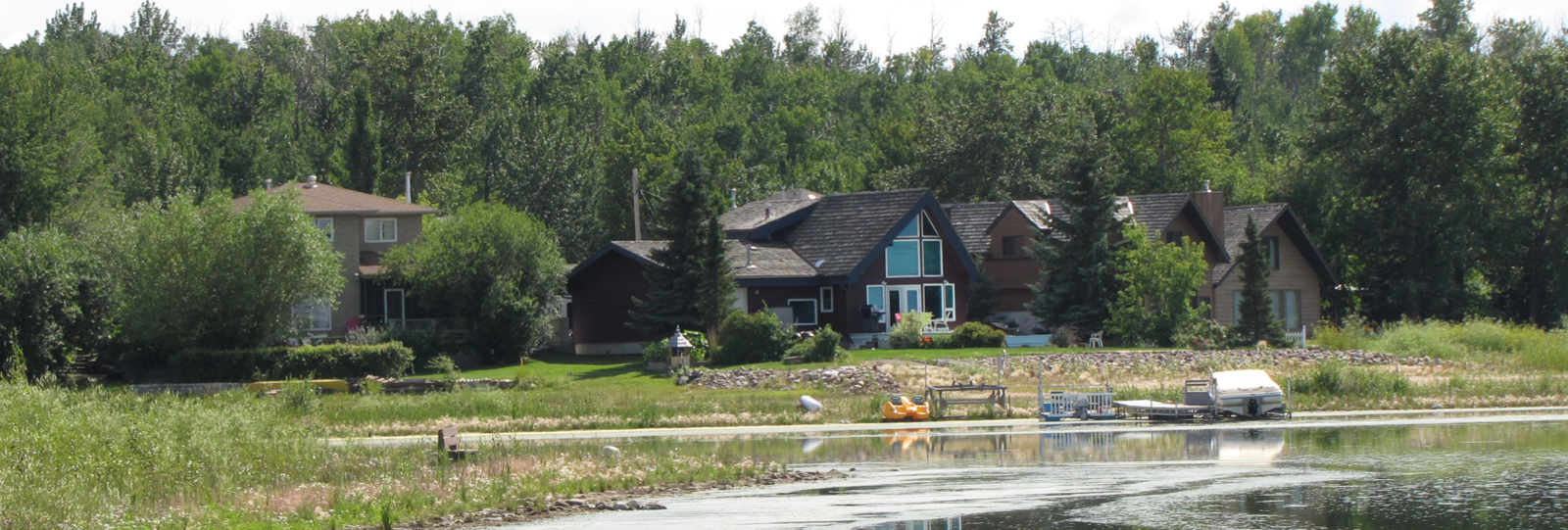Just 20 minutes east of Edmonton, Alberta, the Beaver Hills Biosphere encompasses an area of approximately 1600 square kilometres that includes portions of the counties of Strathcona, Leduc, Lamont, Beaver and Camrose.
A Vibrant Region
The Beaver Hills region is still predominantly a rural community comprised of agricultural and rural residential landowners. Several small villages lie within the Biosphere, but larger urban communities, including the cities of Edmonton and Leduc, and the towns of Tofield and Lamont, are beyond the Biosphere boundary. Sherwood Park partly straddles the Biosphere boundary.
Developed lands within the Biosphere support agricultural operations, rural residential subdivisions and some oil and gas exploration activity. In addition to the local population, this lived-in landscape supports recreational users from the Edmonton region and beyond and various governmental and non-governmental organizations involved in environmental conservation, research, tourism and recreation, agriculture and community development.
Did You Know
More than 13,000 people reside within the Biosphere. Seasonally, there are more than 365,000 visitors to the region.
